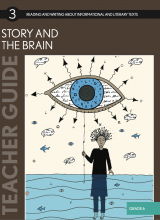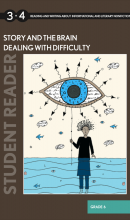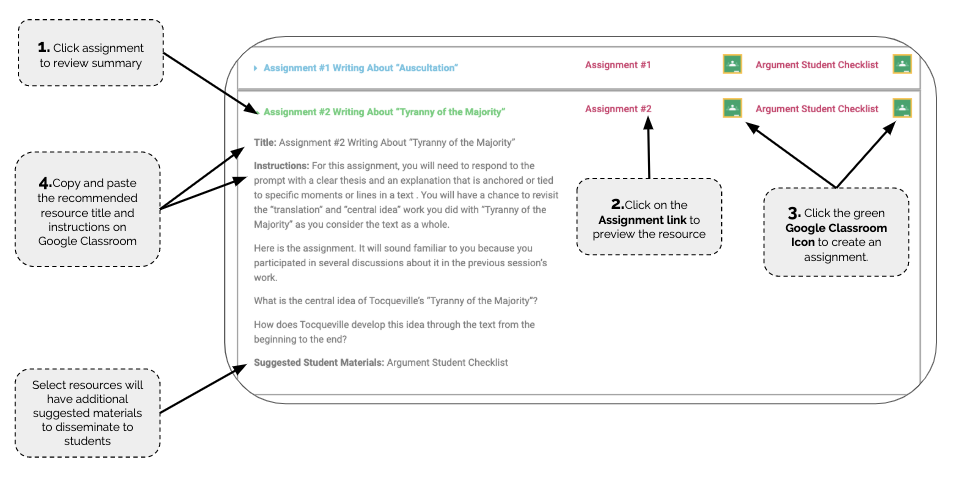Story and the Brain - Grade 6
This study consists of two cycles of work, each focused on a single informational text that explores the research on story and the human brain.
The first text, “Leveraging the Human Brain’s Hunger for Story,” is written by Doug Rekenthaler, a former journalist who specializes in corporate storytelling. Rekenthaler summarizes several research studies about what happens to the human brain when we’re engrossed in a gripping story. This text and the work in this module is important as an introduction to the topic of the brain and story and to the basic and essential cycles of teaching and learning that will mark the work in the second module as well as the work in the second unit of this series.
The second cycle of work features the introductory chapter to Lisa Cron’s book Wired for Story: The Writer’s Guide to Using Brain Science to Hook Readers from the Very First Sentence. Written for writers, “Brain Secrets” also provides research about what happens to the human brain on story. Cron tells readers why a good idea and a wide reading background is not enough to craft a good story. Although this text is more complex, because of the work students experienced in the first module, they are well-equipped to meet the demands of the text and the module’s tasks. In the final session of the unit, students have the opportunity to work across the texts to integrate information from both to provide advice to writers about how to write a compelling and memorable story.


Table of Contents
Text Audio
Writing Tasks
Title: S-8: Writing Across Texts Advice to Fellow Writers
Session 8
Charts for Discussion
Title: S-1: Qualities of Our Most and Least Favorite Stories
Session 1
Title: S-1: What We Learned About Our Brains and Story
Session 1
Title: S-1: “Hunger for Story”: Unfamiliar Terms and Confusing Moments
Session 1
Title: S-2: What We Learned About Identifying and Resolving Unfamiliar Terms or Difficult Moments
Session 2
Title: S-3: What Science Says About Why We Hunger For Story
Session 3
Title: S-5: “Brain Secrets”: Unfamiliar Terms and Confusing Moments
Session 5
